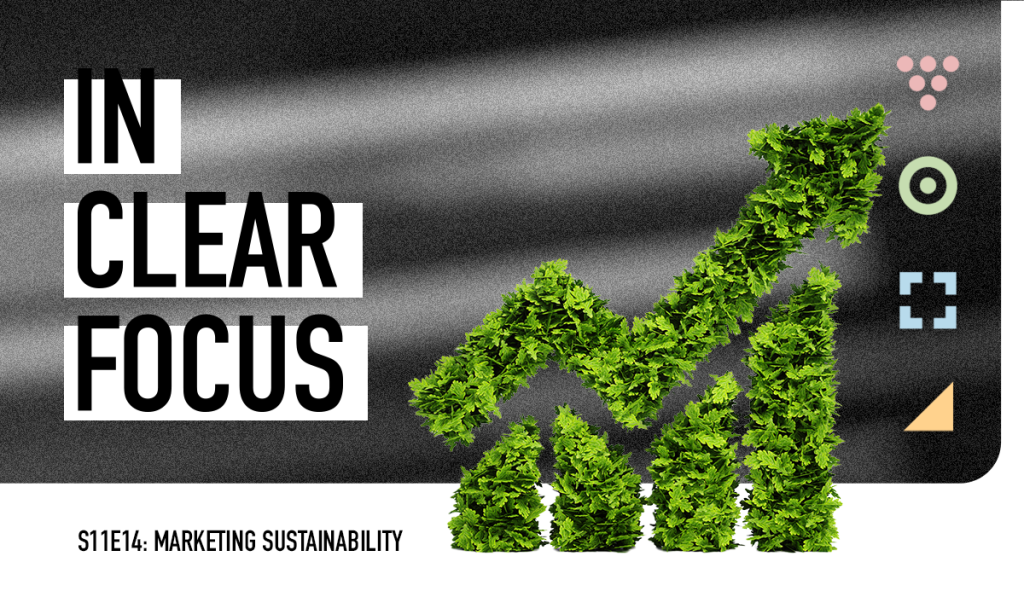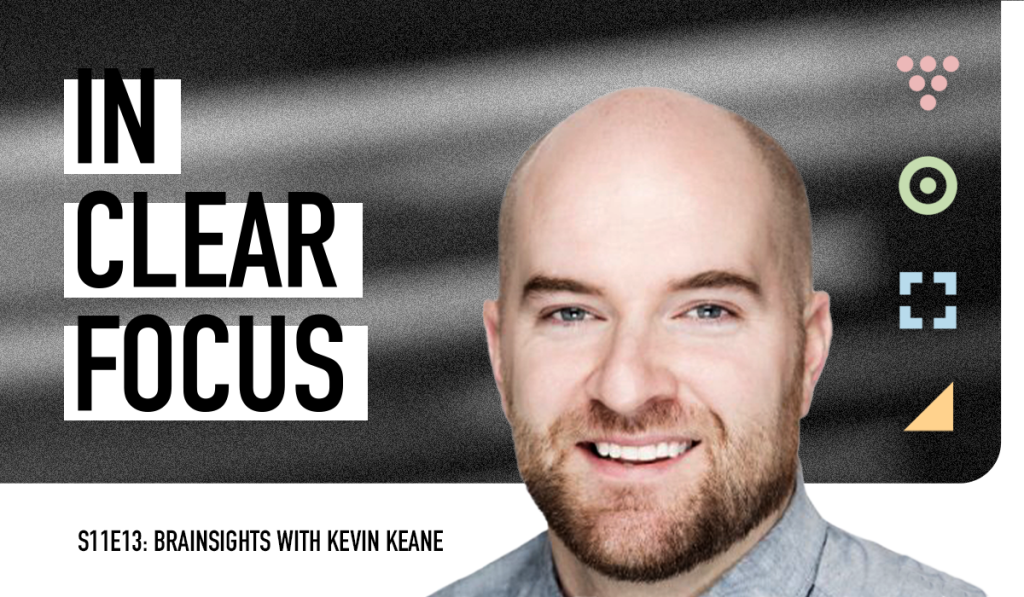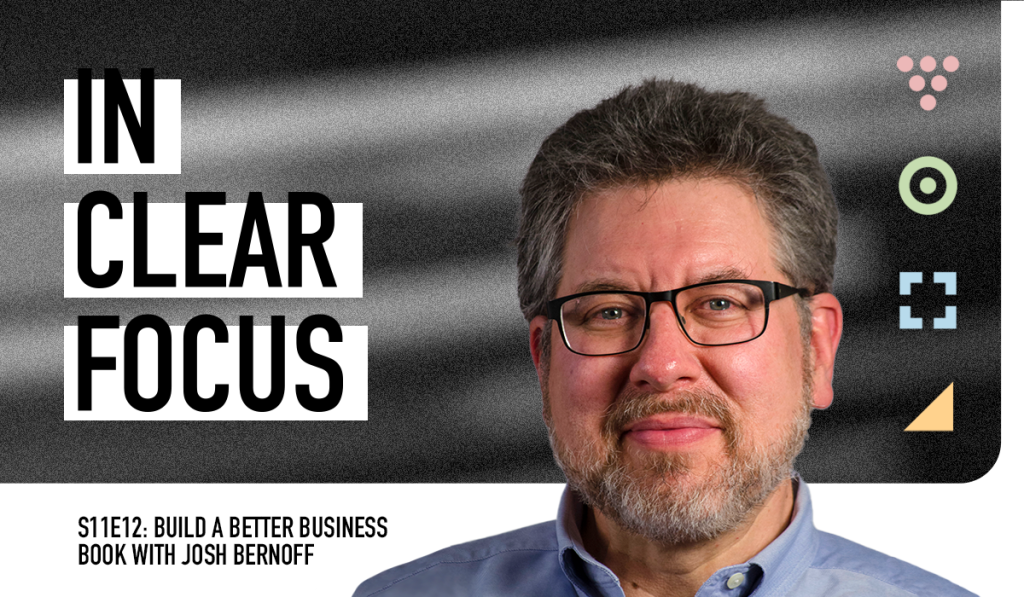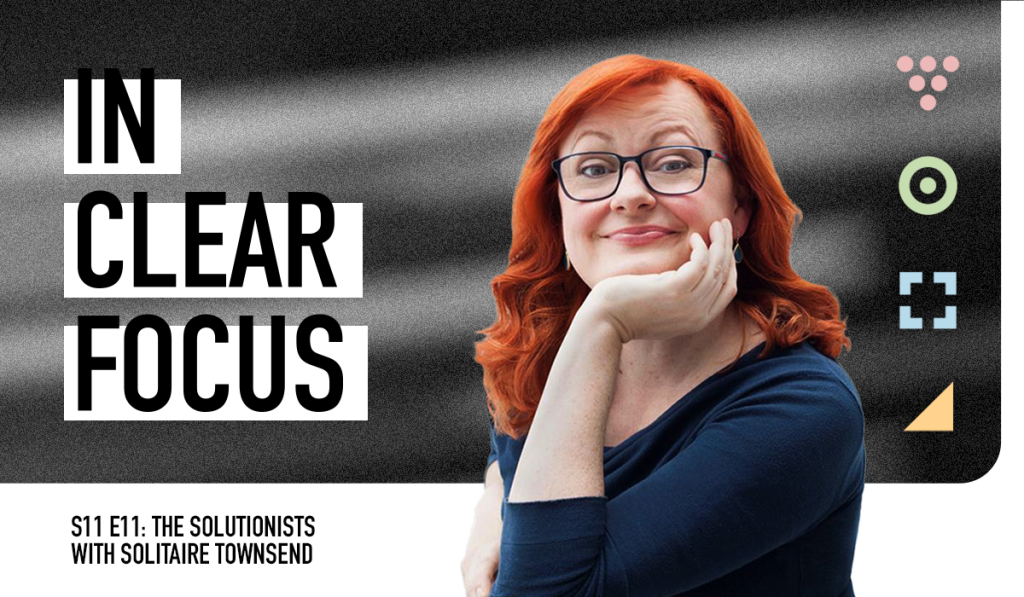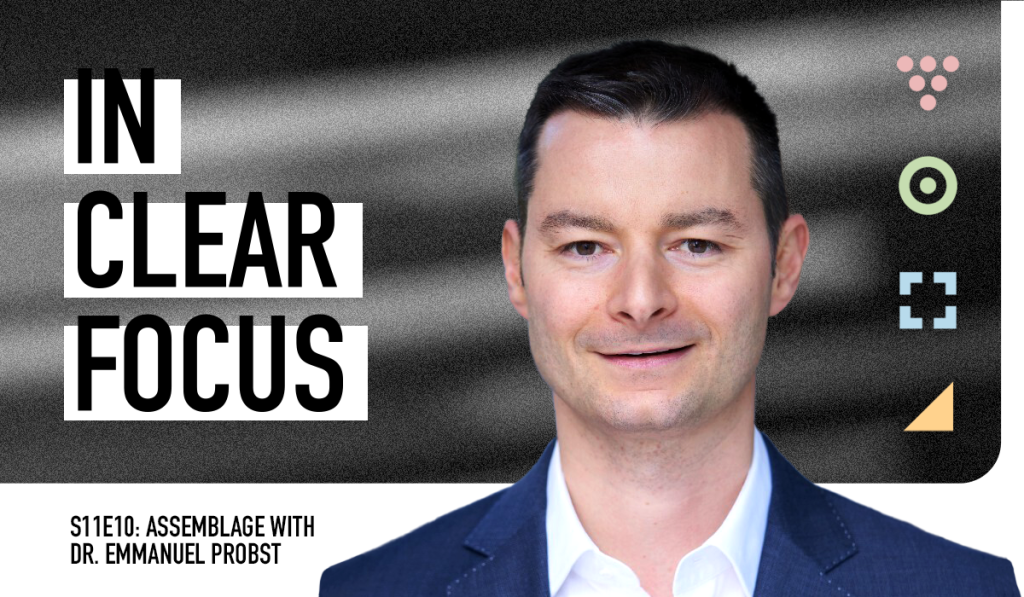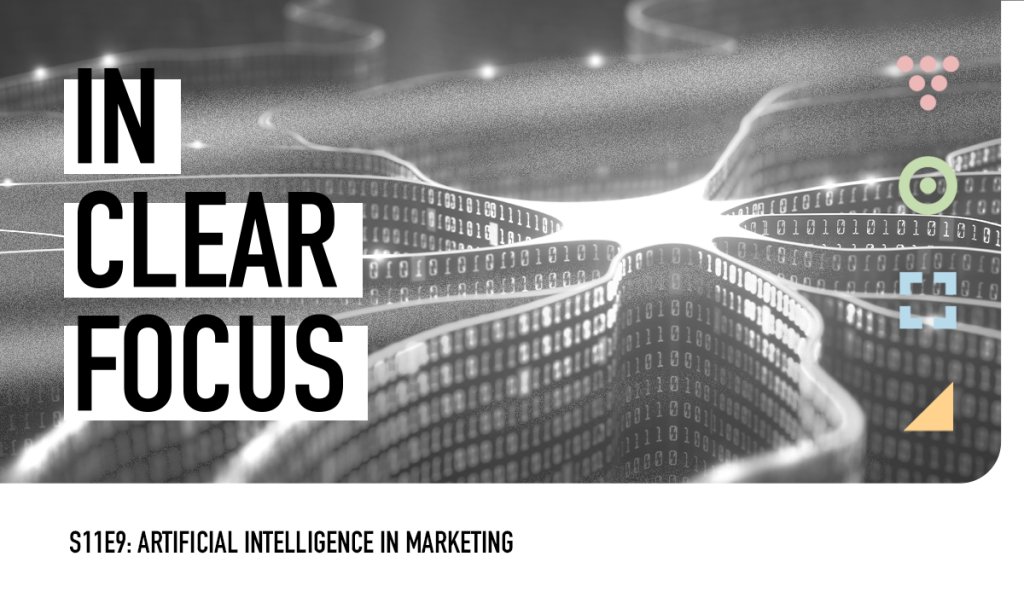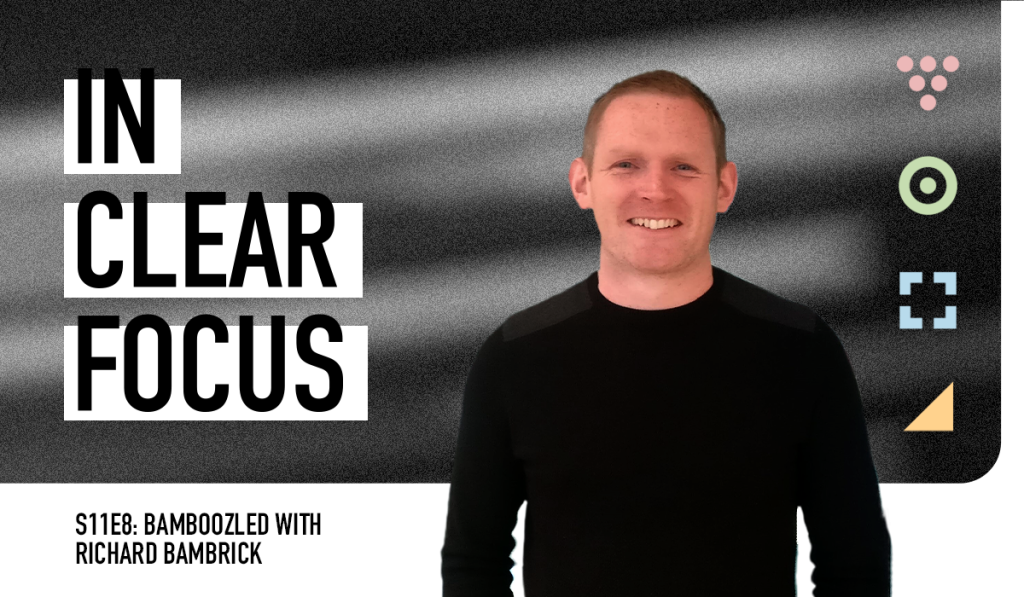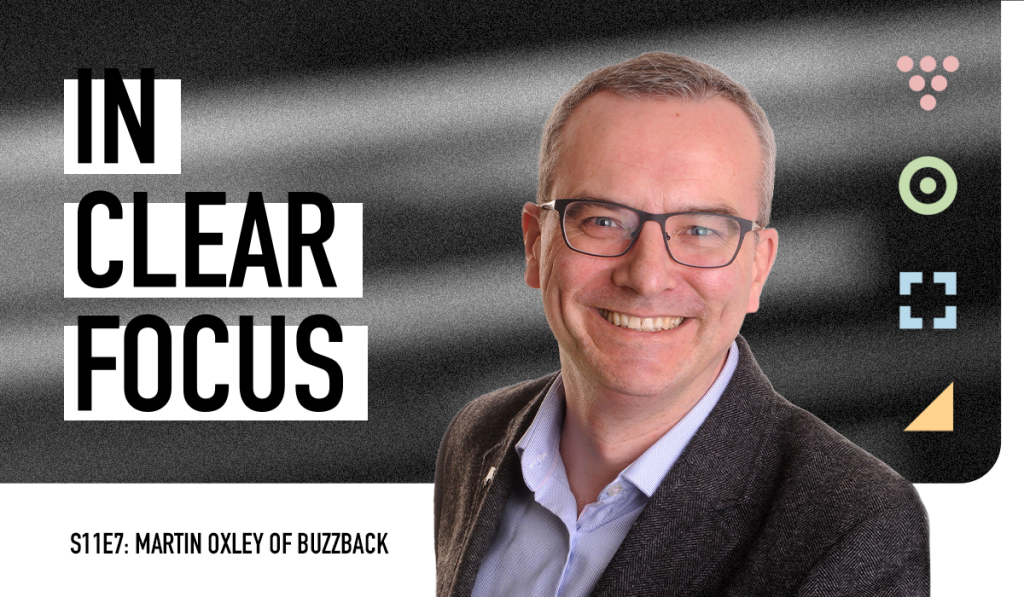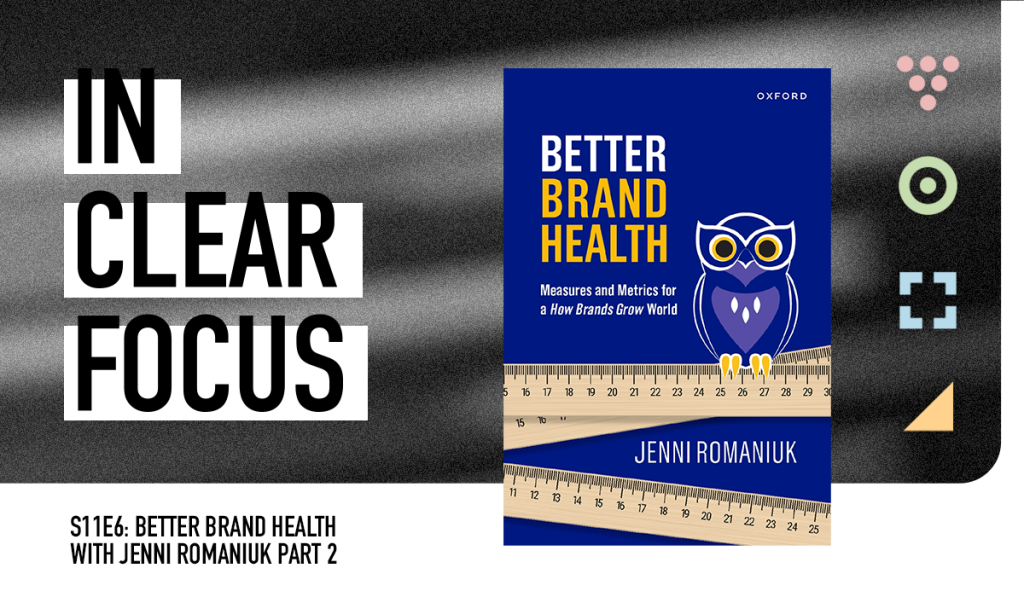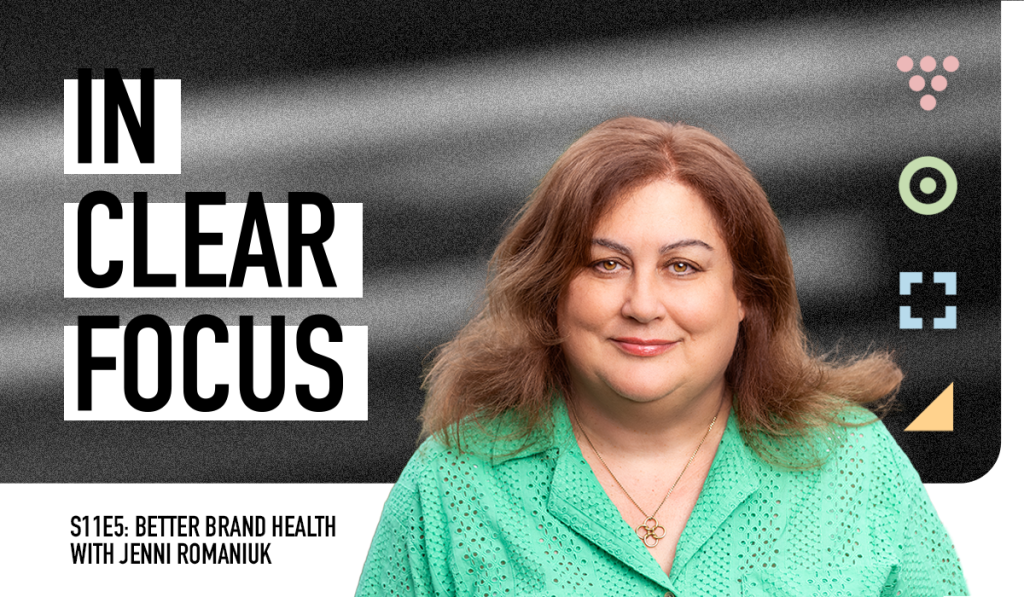Marketing Sustainability
Experts in sustainable development, retail, innovation, and consumer behavior explore the challenges and opportunities for marketing sustainability. We discuss topics including the shift to a purpose-driven economy, the advertising industry’s impact on carbon emissions, and ways in which brand marketers can influence eco-friendly consumer choices with verifiable claims. To receive a 25 percent discount on books published by Kogan Page, use promo code BIGEYE25 at KoganPage.com.

